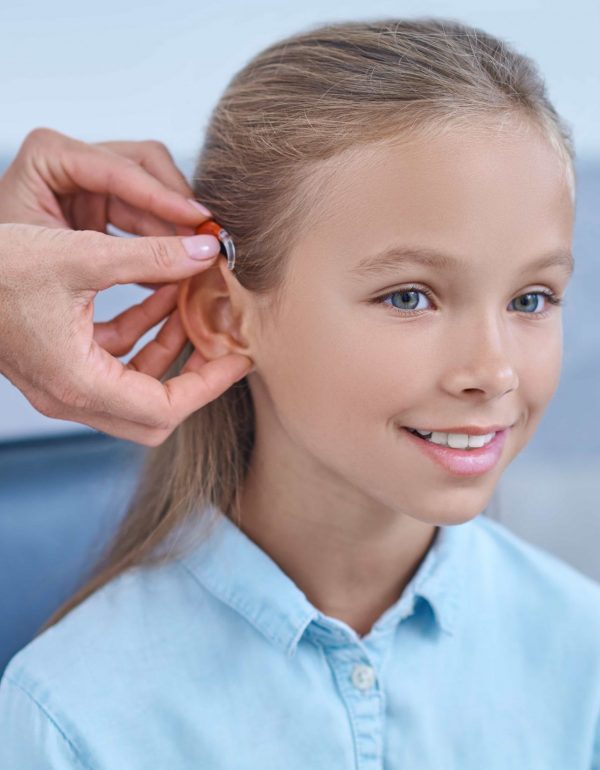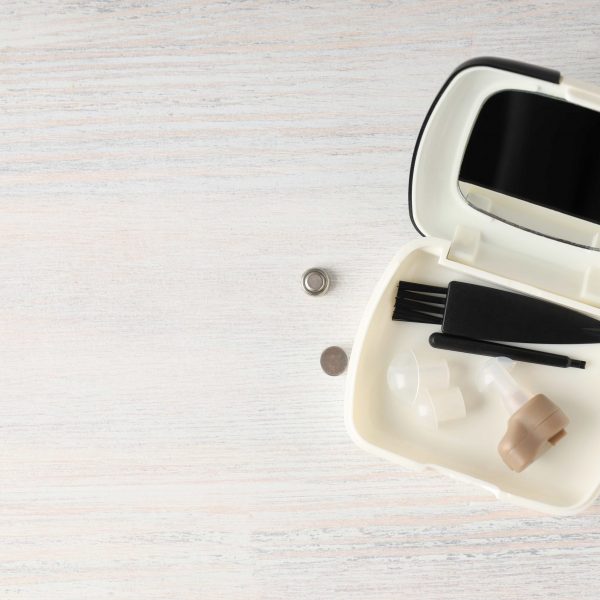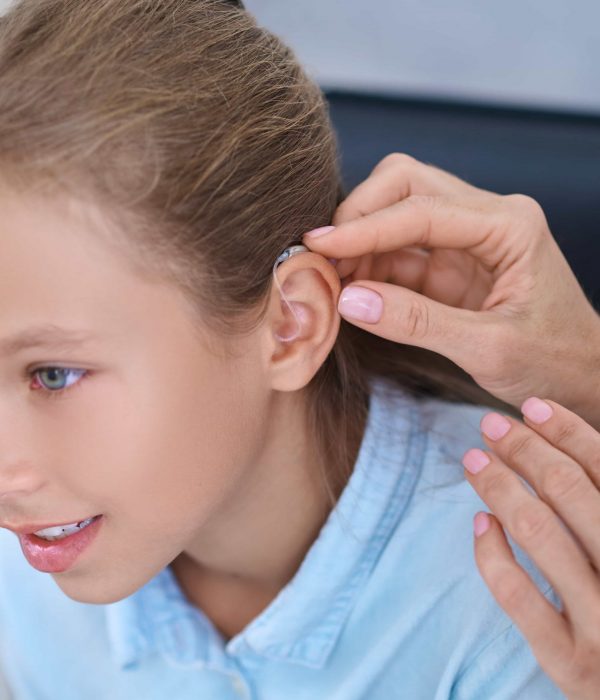How to use hearing aids

What to expect from hearing aids?
Identifying Left from Right

Inserting into the Ear
To avoid whistling, switch off your instruments off before inserting them into the ear. The key to getting the instrument or ear plugs into the ear is by holding the instrument or mould correctly before you begin. If your hearing instrument or ear mould has an air vent (hollow tube through mould or instrument), this usually runs along the base. Put your thumb on the base and your index finger on the top.
The longest, ‘pointiest’ part of the instrument or mould is the canal end. This end should be pointed at the entrance to your ear canal. Use your other hand to pull up the ear and out. Keep your wrist straight as you bring the instrument or mould up to the ear and direct the canal end first into the ear canal.
If you have a behind-the-ear device, once you have the mould in, put the instrument behind the ear. Some people find it easier to put the instrument behind the ear first and then direct the mould into the ear. It will require a bit of practice, so try using different methods and choose whatever suits you best.

Removing from the Ear

Turning the Instruments Off and On

Batteries
Batteries for hearing aids come in 4 different sizes, so make sure you are using the correct size. To replace the battery, remove the protective covering, open the battery door and place the battery in, with the flat side facing you. The battery door will not close if the battery is not inserted correctly. If you have difficulty changing the battery, a magnet can be found on the end of the cleaning brush to assist.
The life of hearing aid batteries depends on a number of factors such as hearing instrument style and model, hours of use and remembering to turn off the device when you are not wearing it. Most hearing devices have warning signals to alert the wearer when it’s time to change the battery.

Adjusting Controls
If your hearing instrument has controls, they can be used to adjust volume and change between listening programs. The volume control can either be a switch or wheel. Move the switch or wheel upwards to increase volume and downwards to decrease volume. To change between listening programs press the button. For button operated hearing aids, an indicator signal may be heard to let you know what listening program you are in. If you find a difficult to adjust controls, a remote control can help. Some devices can be also be controlled using an app on your phone.

Using the Phone
It’s best to first practice using the phone with your hearing devices by calling friends or family members and using different techniques to determine what works best for you. At All Ears in Hearing, we are happy to demonstrate and practice the different techniques with you. There are many accessories available to improve hearing on the phone. Contact us for further information.
Remote Microphone
Many hearing aid manufacturers now offer a small microphone that can be worn by a speaker or placed on a table to help hear the conversation better.
Television
Bluetooth Accessories are now available that stream your TV into your hearing aids, allowing you to hear to TV clearly and at a volume that won’t disturb others.
Cleaning and Maintenance
Click here to be taken to the page on cleaning and maintenance
Positioning the Phone
If you experience feedback (whistling) when using the phone, move the handset slightly away from the ear. For behind-the-ear style instruments, the microphone sits above the ear, so position the handset near this microphone.
Telecoil
If your hearing aids have a telecoil, try using that to improve clarity on the phone. You may need to increase the volume of your hearing aid and move the handset around to find the best position. Most telecoils are only compatible with corded, landline phones. Click here for further information
